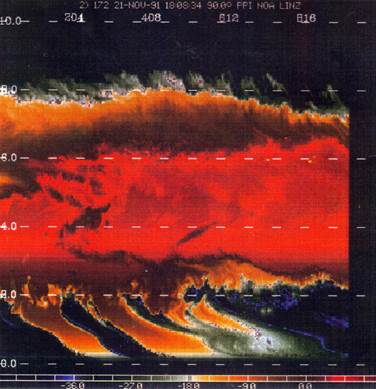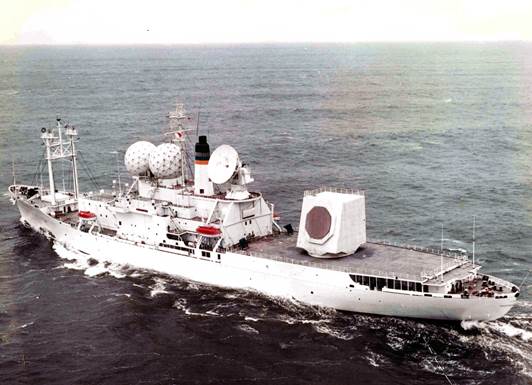The effects of the atmosphere on radar
propagation were studied as an extension to a previous work that studied
the effects of the atmosphere in
Radio Astronomy.
Mean measured atmospheric properties and
spectra were used in a proprietary randomization technique to generate
random atmosphere realizations.
These were then used to calculate the effective extra path length
that is introduced to the radar signals when traveling through different
atmospheric conditions.
Radar measurements of the calibration
sphere in orbit, taken by the Cobra Judy and other
radars, were analyzed in order to demonstrate that these effects are indeed
present in real data. The Cobra Judy
data chosen for this study were taken off Kamchatka (stormy weather) and
Baja California (clear weather) in order to demonstrate the magnitude of
these effects in different atmospheric conditions.

![]()
